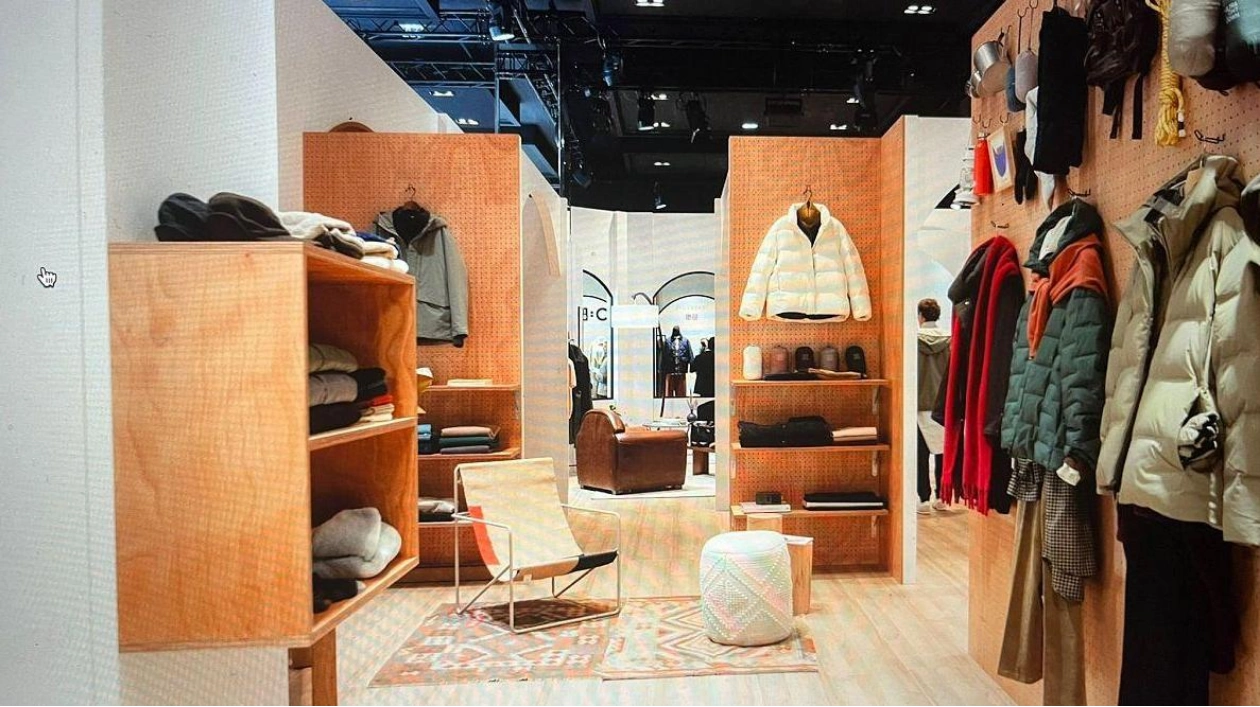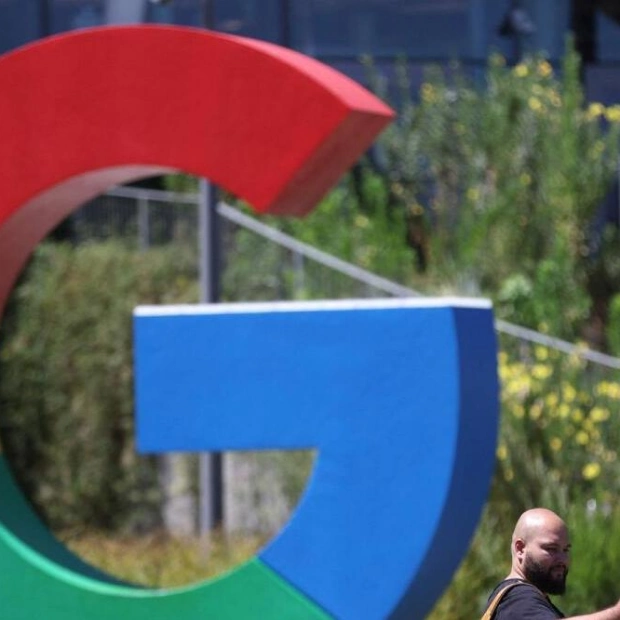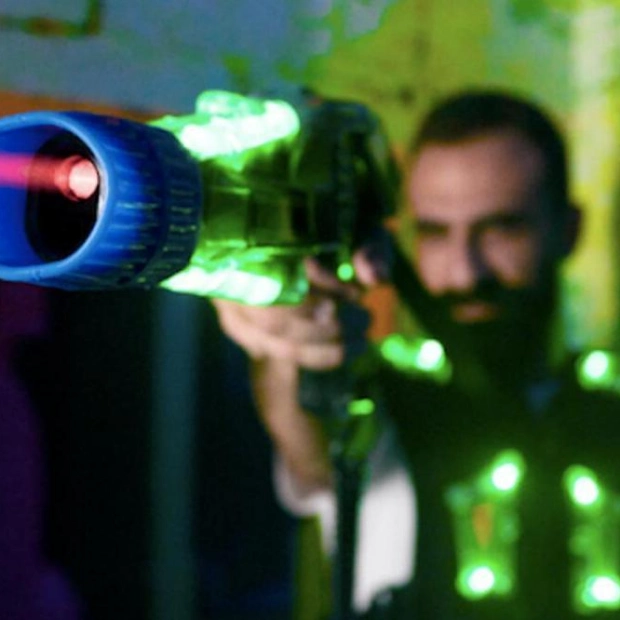On the final day of Paris Fashion Week, the frenzied speculation about the season’s biggest trend reached its peak. But at the Pavillon Vendôme, nestled in one of Paris’ most chic squares, something quite refreshing was happening.
“Rather than following fashion trends, Uniqlo's Lifewear is designed for everyone to enjoy wearing in their daily lives,” reads a sign on the wall. The Japanese high-street sensation Uniqlo is marking its 40th anniversary with a five-day exhibition that delves into the science behind its clothing.
Uniqlo CEO and founder Tadashi Yanai, currently ranked as Japan’s richest man by Forbes, launched the brand in 1984. Today, he oversees Uniqlo and the Fast Retailing Group, which includes other brands like Comptoir des Cotonniers and Helmut Lang.
In 1991, Yanai began collaborating with Toray Industries, a Japanese chemical company specializing in synthetic fibers. This seemingly unlikely partnership—a fashion brand teaming up with a carbon fiber specialist—has been instrumental in Uniqlo’s global success. “We combined Uniqlo’s merchandising expertise with Toray’s advanced technology and manufacturing capabilities,” explains Yanai, who attended the Paris opening. “We share information and collaborate on all processes.”
This partnership led to the launch of Uniqlo’s iconic Heattech collection in 2003, a game-changer that captured shoppers’ attention and became a lasting hit. By using materials that wick moisture and convert it into heat, Heattech offers optimal warmth in lightweight clothing. It’s often used as an underlayer, not always visible at first glance.
Uniqlo has previously showcased this “Art and Science of Lifewear” exhibition in London and New York, aiming to connect fashion with science. “Customers are demanding more transparency about how and where their clothes are made,” says Brogan Skidmore, Uniqlo’s spokesperson. “This includes understanding the materials and innovations behind them.”
Uniqlo’s commitment to innovation sets it apart from other high-street brands, but Europe’s market remains fiercely competitive. Yuki Katsuta, the brand’s Global Head of Research and Design, plays a crucial role in its design process and oversees collaborations with designers like Inès de la Fressange and JW Anderson.
This strategy seems to resonate with European shoppers. At Uniqlo’s flagship Opéra store, shopper Zeynep Buyukkeser appreciates the brand’s collaborations, finding them “very clever.” Uniqlo produces around 1.3 billion items annually, and despite the global cost of living crisis, its customer base remains loyal.
Uniqlo’s clever marketing campaigns, led by John Jay, have been pivotal. In the 1990s, his TV ads for Uniqlo’s fleeces contributed to the “fleece boom.” Today, the brand collaborates with global ambassadors like Roger Federer, who signed a $300 million deal with Uniqlo in 2018.
With plans to open 20 more stores across Europe this autumn, Uniqlo’s growth on the continent is a significant target. Social media, particularly platforms like TikTok, is also helping Uniqlo reach European shoppers organically.
The “Art and Science of Lifewear” exhibition runs from 1-5 October 2024 at Pavillon Vendôme, Paris.






